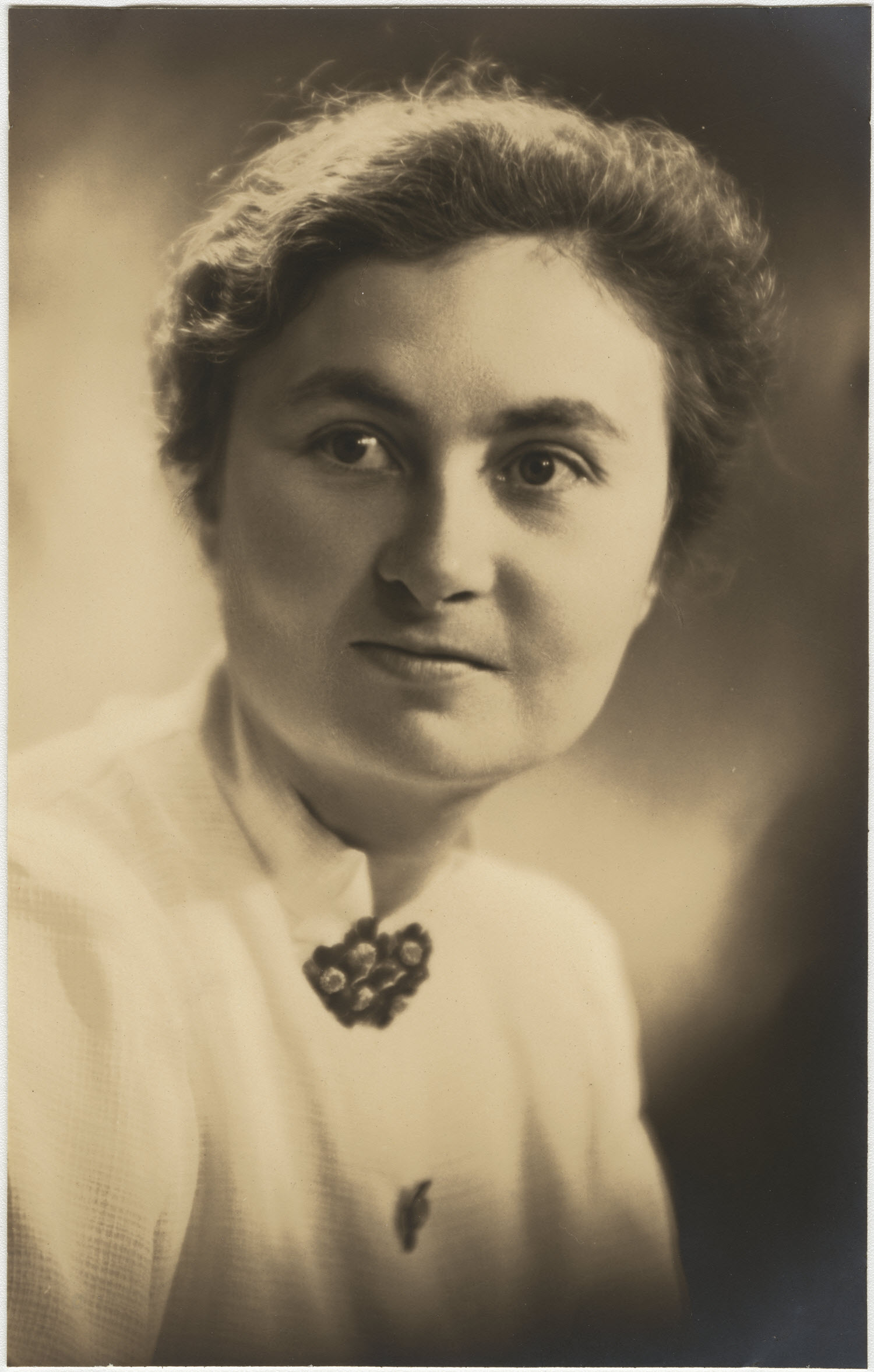Post prepared by David Murray, Arrangement and Description Archivist
What were children’s birthday parties like in 1890s New Zealand? A sweet little account of one from Gore, Southland, has turned up in one of Hocken’s latest acquisitions: further papers of the historian James Herries Beattie (1881-1972). Among these papers is a notebook of verse and prose that Herries presented to his mother when he was eleven years old.
Herries wrote about his eleventh birthday, and tells of the games, the food, the gifts, and those who were there. The original version of the story is shown in the image below, together with a transcription of a ‘Revised Edition’ Herries made at the age of fourteen as part of an expanded series of four notebooks he titled ‘A Reading Book for spare moments’.

My Birthday Party.
Monday. June 6th 1892.
I am eleven years old now. I was going to have a party on Saturday but it rained so that it had to be put off till Monday afternoon. I got leave to get away from school at 2 o’clock. A little while after this the children that were invited rolled up so that games were started. The first thing was swinging & after all had had their turn we went for the games. We had for these: Ninepence, Rounders, Twopenny catches, Red Rover, Tig, Hiding-go-Seek, and hats or as this game is variously called, egg cap, Fools cap or rotten eggs etc. There were also lots of games with balls which I do not know the names of. After all these games we went into the house where mother had spread a glorious feed. Then we seated ourselves & had a splendid tea (at least I did) for some short bread & nice cakes were near me & somehow or other they managed to disappear which looks suspicious to me but there might have been a mysterious invisible juggler etc present who could account for them but I would not be to[o] sure if I were you because there was a voracious little boy sitting at the table. After tea was over we adjourned to the lawn or green behind the house where we played the games before tea & started to play again. We had a good game of “Red Rover” as this game is called about here although it goes under different names elsewhere. Then we had “I Spy”, which is just a sort of “Hide-&-go-seek” game. After this game as it was fairly dark (the sun had set awhile before) the girls started to take the boys hats & run away with them. This last item was the means of another nice little game which was the boys began to kiss the girls. This soon put an end to their hat-taking nonsense. There was some fun on that lawn that night for the next half-hour. Everyone seemed to be running about and there was some confusion because in the very indistinct light there were some collisions between various parties. The boys were chasing the girls bent on getting a kiss while the girls snatched the boys hats whenever a chance presented itself. After some real jolly rollicking fun everybody did proceed inside where some more games were played suitable for the house. When it was getting late the guests departed having as far as I know enjoyed themselves. The presents I got from the family were; a saddle & bridle from father, all the eatables from mother, a bible from Bessie, a pocket-knife from Jessie and two handkerchiefs from Oswald. I also received some presents from the children who were invited & as they had all been told especially not to bring presents I considered it real handsome of them. I got an ornamental inkstand from Dick, Lily, & Isabella Smaill, a ball from Hettie Lewis & a set of school instruments (rulers, pencils etc) from Herb Lewis, a Birthday card from Tom & George Brown, and also a very pretty card from Mary Nichol. I will now tell you who came;
Girls
Gerty & Maud Coutts
Annie & – Graham
Lily & Isabella Smaill
Brenda & Mabel Low
Bessie & Mary McKenzie (my cousins)
Mary Nichol
Hettie Lewis
Annie Coutts
Boys
Dick Smaill
Herbert Lewis
Alick Graham
Tom Brown
George Brown
Bessie, Jessie
Herries. Oswald Beattie
The reason why there is more girls than boys is that my 2 sisters know more girls than I do boys.
* * * * *
Beattie’s other childhood writings included verse, history, notes on New Zealand birds, short accounts of activities, and a longer story titled ‘The Boys of Kaikatoto School’. Other material recently acquired by Hocken dates from the 1940s to 1970s, and includes a ledger containing details of book publications and other accounts, reading notes, diary notes, and other papers. There is also the complete manuscript for an unpublished historical novel titled ‘Morry: A Son of the Backblocks’. These papers have been added to our existing collection of Beattie’s papers under the reference number MS-4237.






